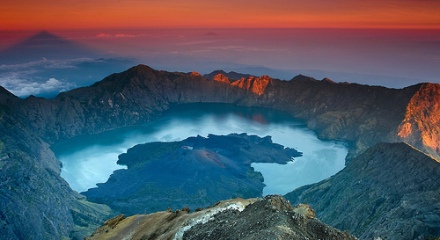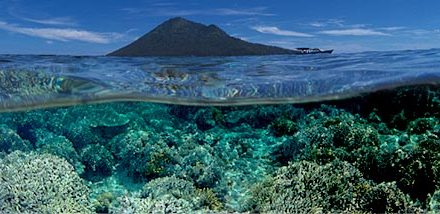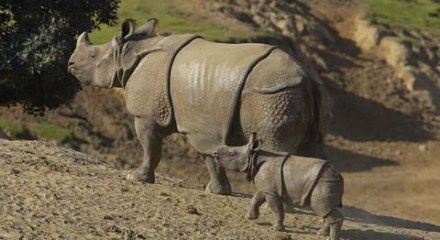Kutai National Park
Kutai National Park represents a number of principal vegetation types, including coastal/mangrove forest, freshwater swamp forest, kerangas forest, lowland flooding forest, ulin/meranti/kapur forest, and mixed Dipterocarpaceae forest. This Park is also part of the largest relatively pristine ulin forest in Indonesia. Among the plants that grow in this Park are mangrove (Bruguiera sp.), cemara laut … Continue reading
Wakatobi National Park
Wakatobi National Park has very high marine resource potential, in terms of both species and uniqueness, with enchanting submarine landscapes. In terms of configuration, the marine waters of the Park generally start flat and then slope seawards, with sheer precipices in some parts. The water depth varies, the deepest parts reaching 1,044 metres with sand … Continue reading
Karimunjawa National Park
Karimunjawa National Park, which forms a chain of 27 islands, represents several ecosystem types including lowland rain forest, seagrass and algae fields, coastal forests, mangrove forests, and coral reefs. A characteristic plant of the Park is dewodaru (Crystocalyx macrophyla) which grows in lowland rain forest. The plants growing in the seagrass and algae fields can … Continue reading
Mountain Rinjani National Park
Gunung Rinjani National Park represents a range of Nusa Tenggara’s ecosystem types, from sub-montane rain forest to montane forest and savanna. The plant potential in this Park area includes jelutung (Laportea stimulans), dedurenan (Aglaia argentea), bayur (Pterospermum javanicum), beringin (Ficus benjamina), jambu-jambuan (Syzygium sp.), keruing (Dipterocarpus hasseltii), rerau (D. imbricatus), lumut jenggot (Usnea sp.), cemara … Continue reading
Bunaken National Park
Bunaken National Park is very representative of Indonesian tropical water ecosystems, consisting of seagrass plain, coral reef, and land/coastal ecosystems. The northern part of the Park area covers the islands of Bunaken, Manado Tua, Montehage, Siladen, Nain and Nain Kecil, and part of the Tanjung Pisok coastal area. The southern part of the Park covers … Continue reading
Kelimutu National Park
The topography of Kelimutu National Park varies from gently rolling hills to more mountainous relief. Some of the plants that grow in the Park area are kayu mata (Albizia montana), kebu (Homalanthus giganteus), tokotaka (Putranjiva roxburghii), uwi rora (Ardisia humilis), longgo baja (Drypetes subcubica), toko keo (Cyrtandra sp.), kayu deo (Trema cannabina), kayu bu (Casuarina … Continue reading
Ujung Kulon National Park
Ujung Kulon National Park forms the largest remaining lowland tropical rain forest ecosystem in West Java. Moreover, it is an ideal habitat for the rare animals like the Javan rhinoceros (Rhinoceros sondaicus sondaicus). The three main ecosystem types in the Park are marine, coastal and terrestrial. Ujung Kulon’s natural riches -a huge diversity of plants … Continue reading
Bromo Tengger Semeru National Park
Bromo Tengger Semeru National Park has sub-montane, montane and sub-alpine ecosystem types, with big trees that are hundreds of years old. Among the plants that exist in the Park are jamuju (Podocarpus imbricatus), cemara gunung (Casuarina sp.), edelweiss (Anaphalis javanica), various species of orchid, and rare species of grass (Styphelia pungieus). In addition, there are … Continue reading
Komodo National Park
Komodo National Park lies in the Wallacea Region of Indonesia, identified by WWF and Conservation International as a global conservation priority area. The Park is located between the islands of Sumbawa and Flores at the border of the Nusa Tenggara Timur (NTT) and Nusa Tenggara Barat (NTB) provinces. It includes three major islands, Komodo, Rinca … Continue reading








